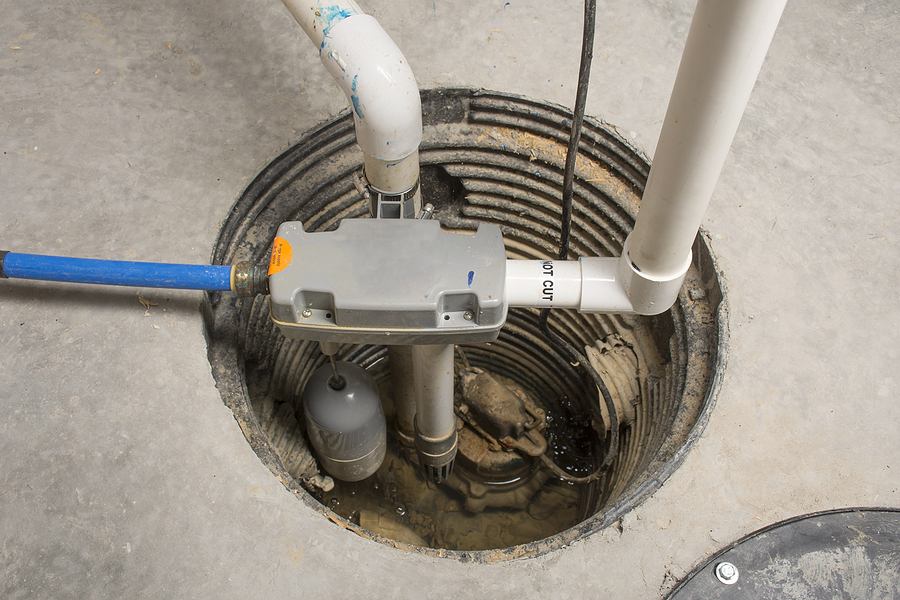Schedule a Plumber This Tuesday to Get 50$ OFF
Schedule a Plumber This Tuesday to Get 50$ OFF

Selecting an adequate sump pump size for your home can be a crucial decision that could save you a lot of trouble down the line. Proper sump pump installation will keep your basement dry, potentially saving it from flooding, mold growth, or structural damage caused by excess moisture accumulation. But how do you determine the appropriate sump pump size? Mr. Rooter Plumbing is here to answer this exact question.
Let's first understand what a sump pump is. Installed at the lowest part of your basement or crawlspace, its primary job is to keep water away from flooding your area under the house—usually by collecting it in its pit until its water level reaches a certain point. At this point, its pumps activate to pump away that unwanted moisture away from home and away.
When selecting the appropriate sump pump size for your basement, numerous considerations must be considered. These factors include its size and location, known water sources, and how quickly water enters it. Here are a few key points:
There are two basic kinds of sump pumps: submersible and pedestal. Submersible pumps float on the water's surface while being sealed to protect them from moisture intrusion, typically creating quieter performance. Pedestal pumps feature their motor on top of an independent shaft, making sump pump repairs simpler but sometimes noisier.
To select an adequate sump pump size for your basement water volume and capacity requirements, here is how you should proceed:
Sump pump installation can be performed yourself if you have basic plumbing knowledge. However, if this is beyond your comfort level, then calling in professional help might be best to ensure proper installation is complete and lastingly correct. Improper installations could cause further issues down the line, so it pays to ensure everything goes according to plan!
Installed sump pumps must be regularly serviced to operate efficiently. This involves checking for debris build-up in the pump, testing its function by pouring water into its pit, and clearing its discharge pipe regularly.
While DIY tasks may be manageable at times, sometimes professional assistance can save both time and potential damage. A plumbing repair service will ensure everything is installed correctly while handling necessary repair services.
Selecting the ideal sump pump size protects your basement and home from potential water damage. By considering several key factors—the size of the basement, the volume of water being handled by the pump, and the horsepower of its motor—an informed choice can be reached. Install it yourself or hire a professional plumbing service; either way, it must be done right and regularly maintained and repaired as soon as needed for best performance and peace of mind for years ahead.
Hard water is a common problem in many homes. It is easy to see the effects of hard water on appliances, but it is hard to notice it inside a…
There is something different about living in older neighborhoods. You can feel the sense of community, the memories, and the laughter as you walk through the streets. However, for many…
Water and gas leaks are costly and frustrating, especially when they are hidden. Most leaks are noticed by homeowners through warning signs, such as rising water bills and reduced water…